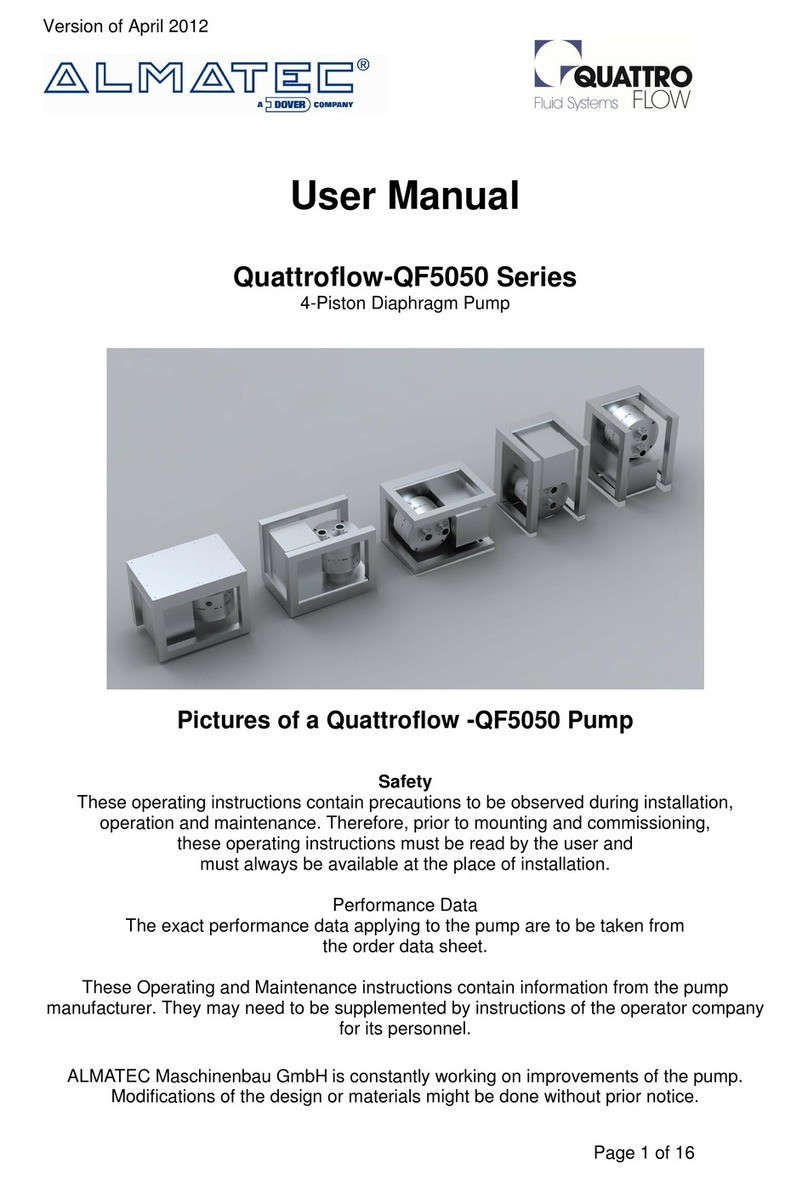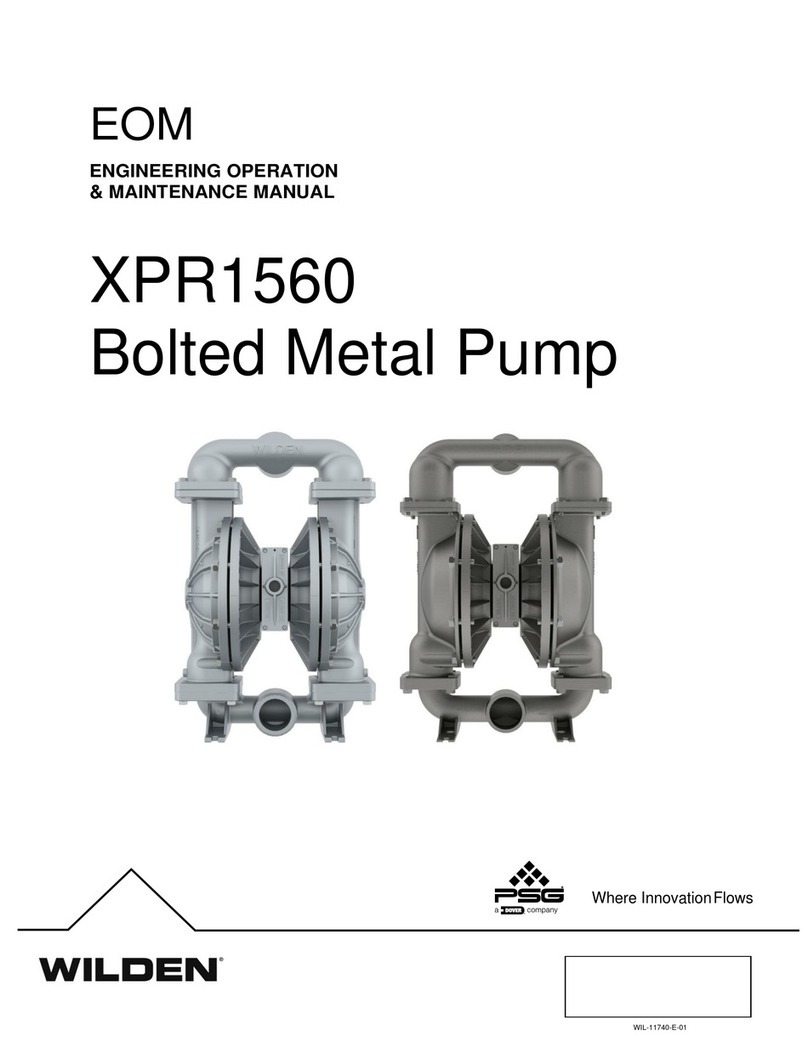Dover PSG ALL-FLO A300 Owner's manual
Other Dover Water Pump manuals
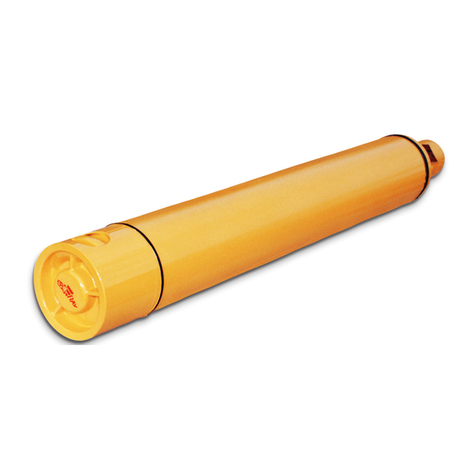
Dover
Dover PSG Ebsray R Series Guide

Dover
Dover PSG Wilden PX220 Instruction Manual
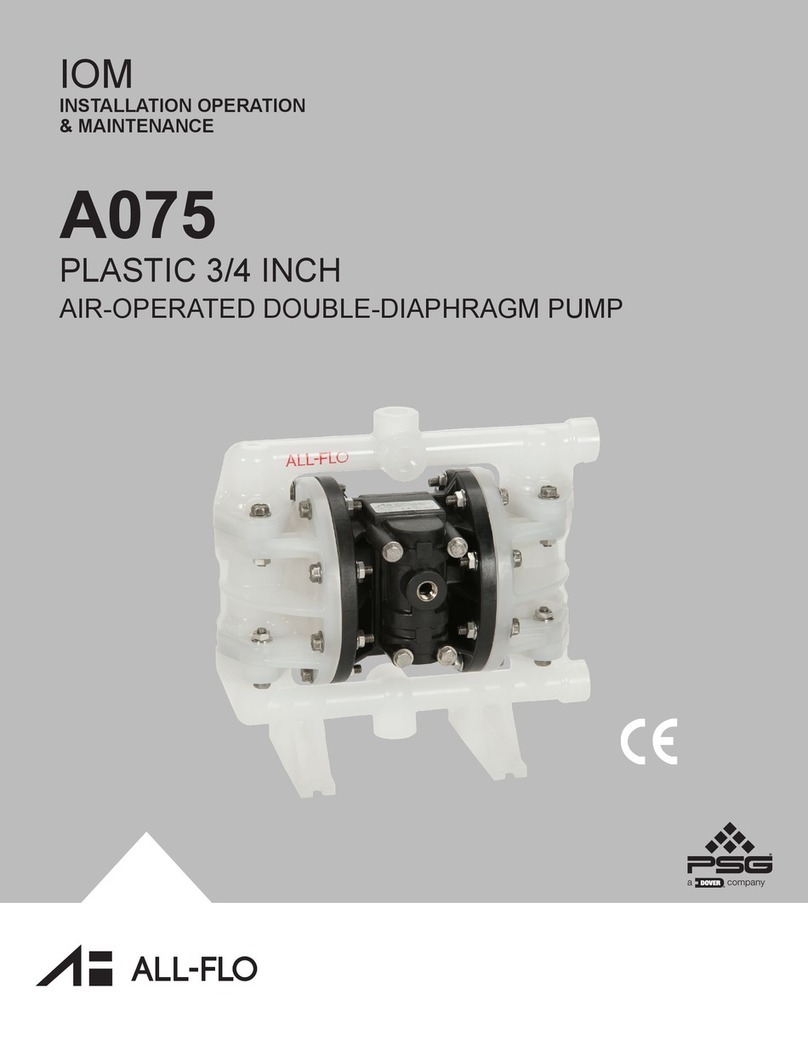
Dover
Dover PSG ALL-FLO A075 Manual

Dover
Dover WILDEN Saniflo VC4 Instruction Manual

Dover
Dover PSG Wilden P4 Installation guide
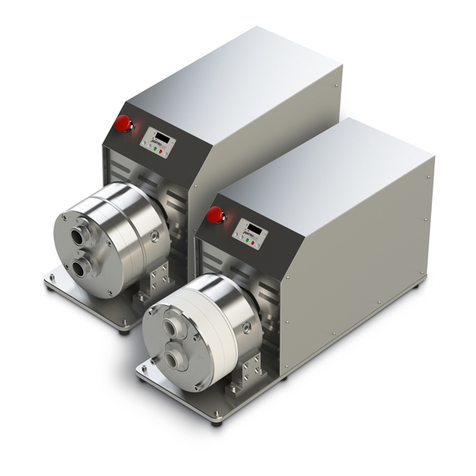
Dover
Dover Almatec Quattroflow-QF4400 Series User manual
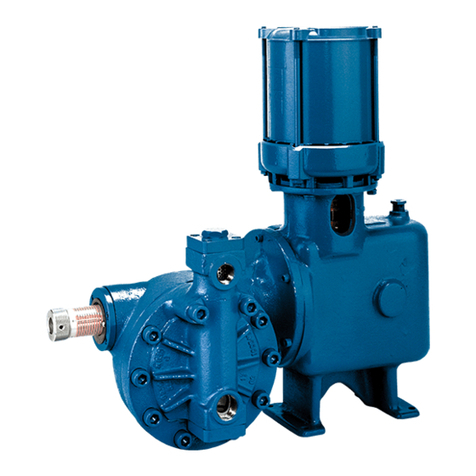
Dover
Dover PSG NEPTUNE 610 Troubleshooting guide

Dover
Dover PSG WILDEN PRO-FLO Saniflo Hygienic Series Installation guide
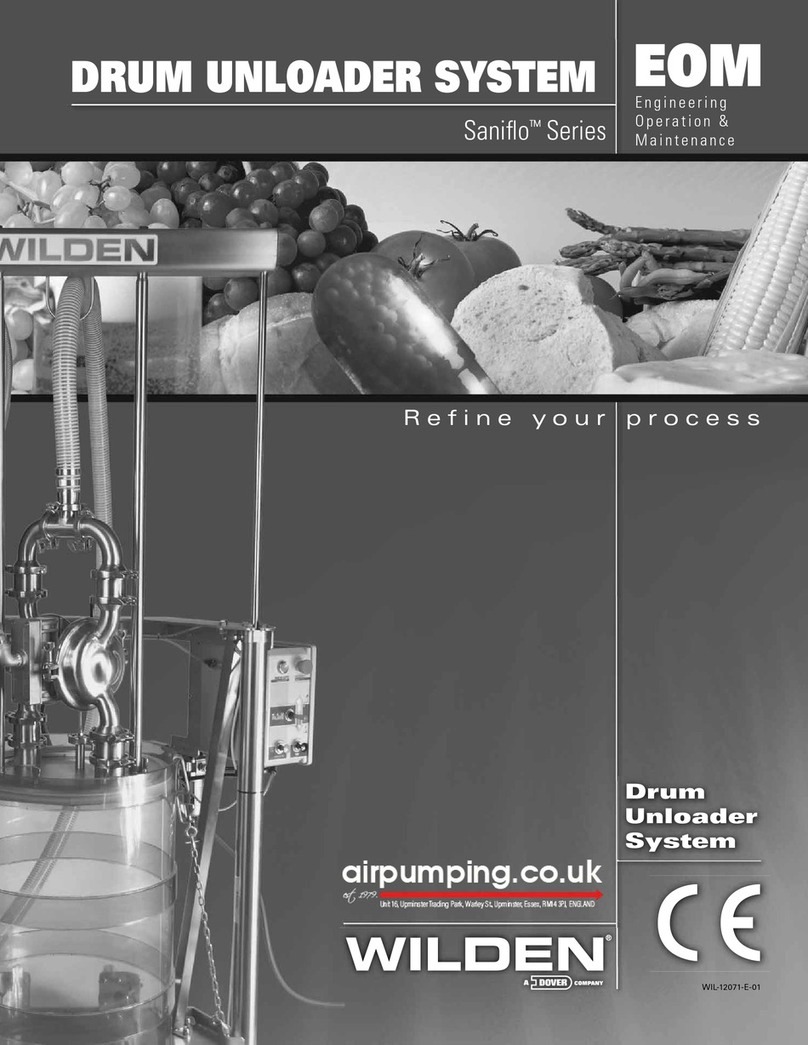
Dover
Dover Wilden Saniflo DUS Series User manual
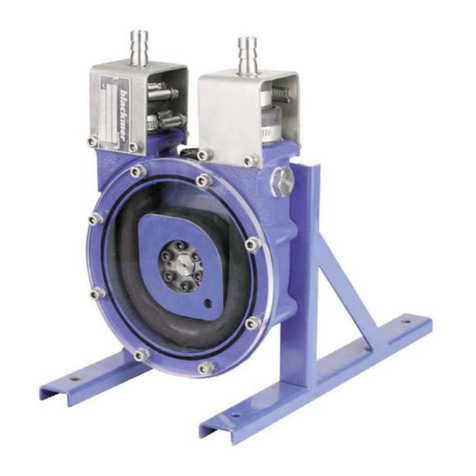
Dover
Dover MOUVEX A10 User manual

Dover
Dover PSG BLACKMERMLX4B Manual
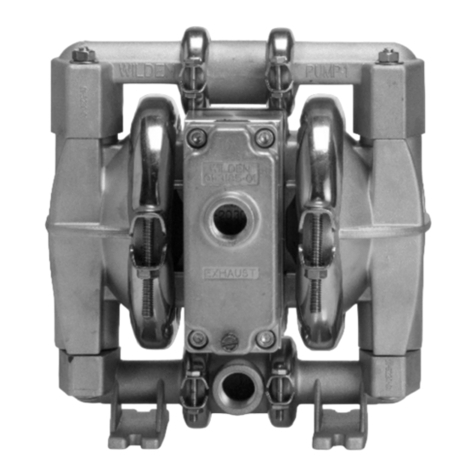
Dover
Dover PSG WILDEN Pro-Flo SHIFT PS1 Instruction Manual

Dover
Dover PSG All-Flo A025-SQ User manual

Dover
Dover PSG Wilden GP Series Instruction Manual

Dover
Dover PSG Wilden Pro-Flo SHIFT PS420 Installation guide
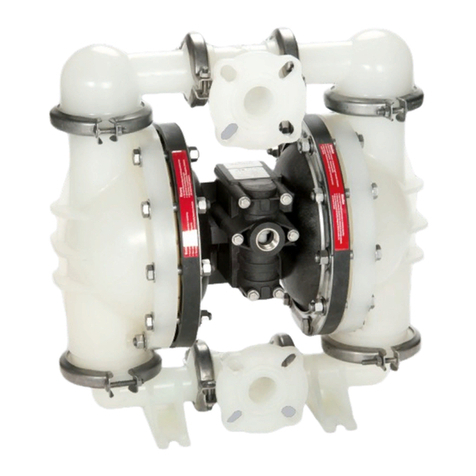
Dover
Dover PSG ALL-FLO C150 Owner's manual
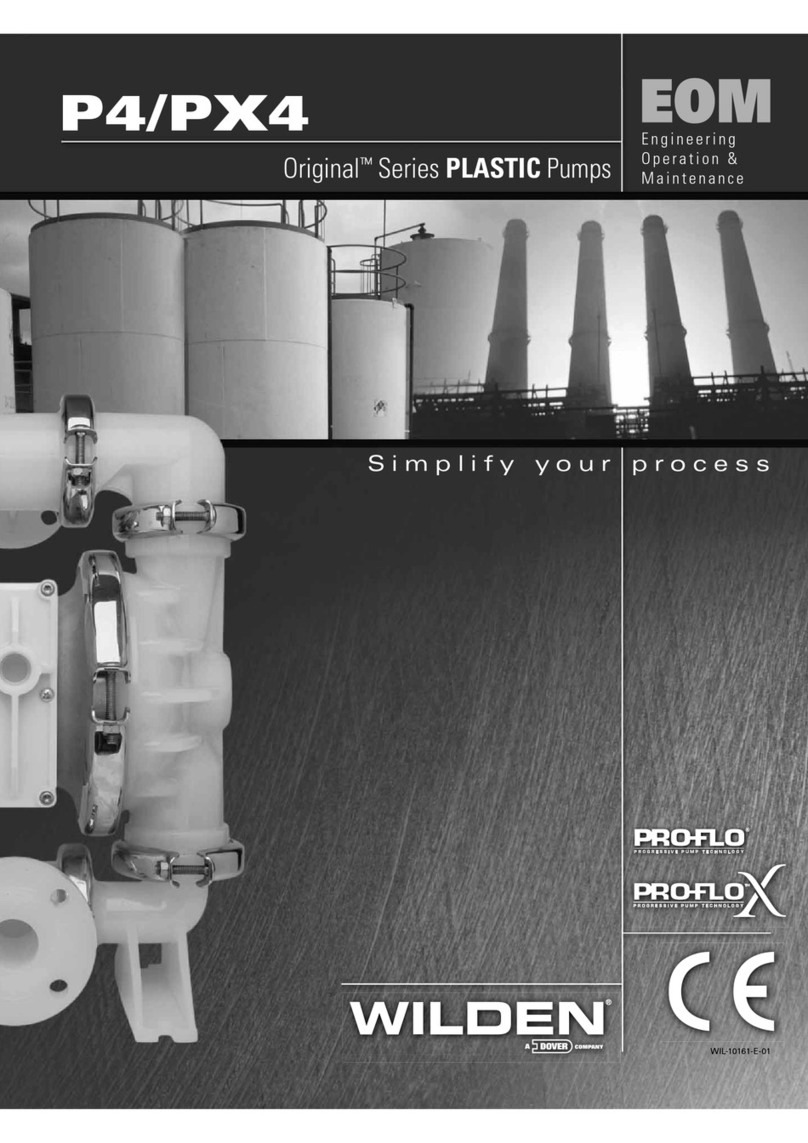
Dover
Dover Wilden Pro-Flo P4 Series Instruction Manual
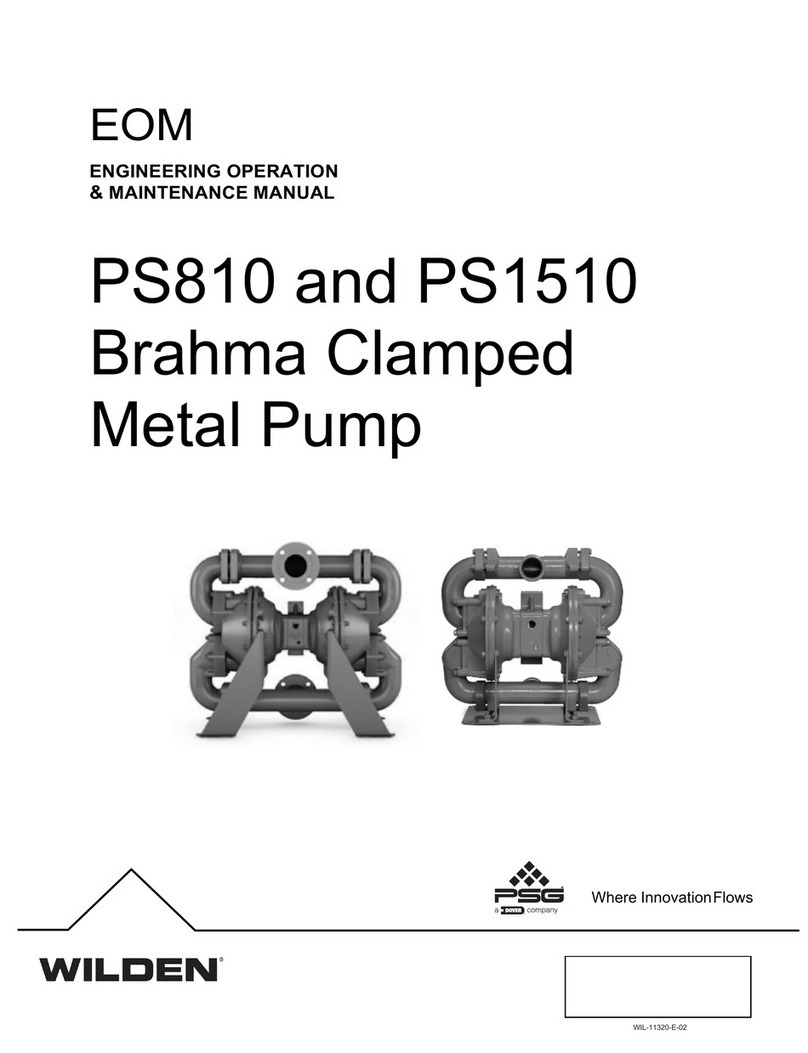
Dover
Dover PSG WILDEN PS810 Instruction Manual

Dover
Dover PSG ALL-FLO G Series Owner's manual
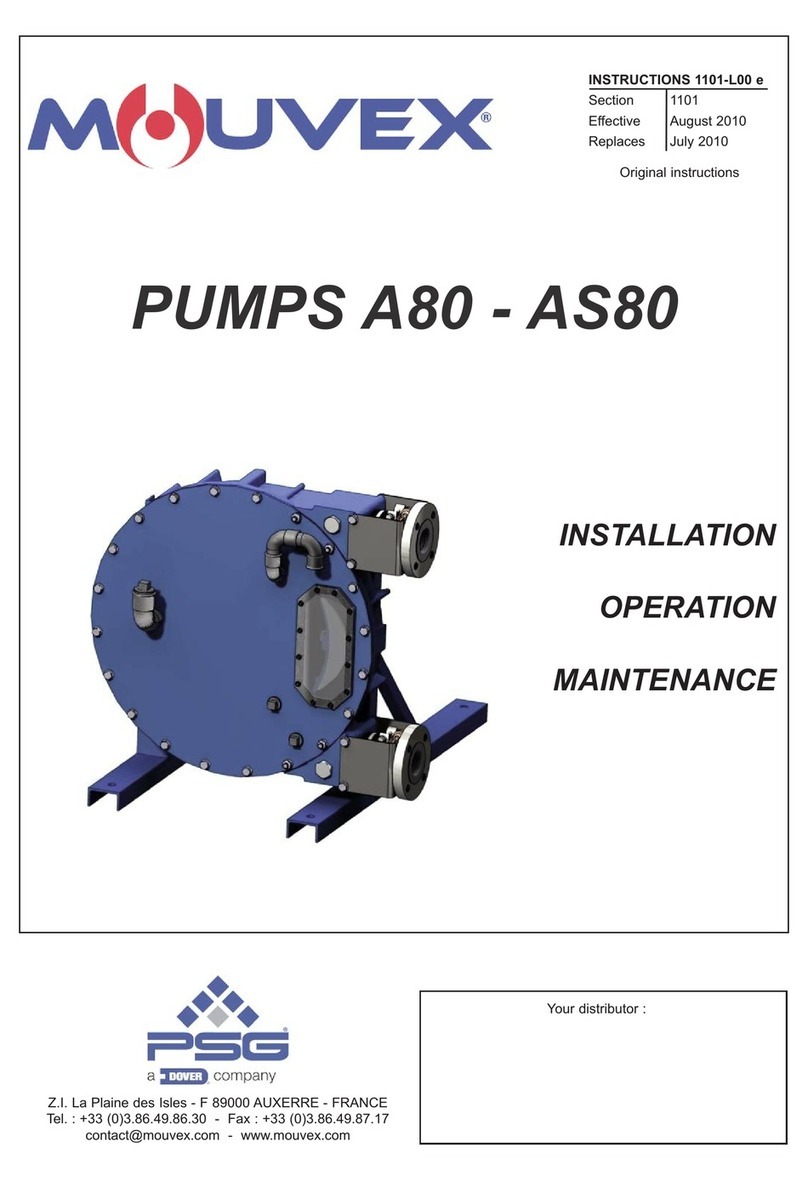
Dover
Dover PSG Mouvex AS80 Owner's manual
Popular Water Pump manuals by other brands

Watershed Innovations
Watershed Innovations HYDRAPUMP SMART FLEX Instructional manual

Graco
Graco Modu-Flo AL-5M instructions

Messner
Messner MultiSystem MPF 3000 operating instructions

Xylem
Xylem Bell & Gossett WEHT0311M Installation, operation and maintenance instructions

WilTec
WilTec 50739 Operation manual

Franklin Electric
Franklin Electric Little Giant 555702 HRK-360S instruction sheet

Ingersoll-Rand
Ingersoll-Rand PD02P Series Operator's manual

VS
VS ZJ Series Operating instruction

Flotec
Flotec FPZS50RP owner's manual

SKF
SKF Lincoln FlowMaster II User and maintenance instructions

Xylem
Xylem Lowara LSB Series Installation, operation and maintenance instructions

Water
Water Duro Pumps DCJ500 Operating & installation instructions

Action
Action P490 Operating instructions & parts manual

Flo King
Flo King Permacore Reusable Carbon Bag Disassembly. & Cleaning Instructions

ARO
ARO ARO PD15P-X Operator's manual

Pumptec
Pumptec 112V Series Operating instructions and parts manual

Virax
Virax 262070 user manual

Neptun
Neptun NPHW 5500 operating instructions
